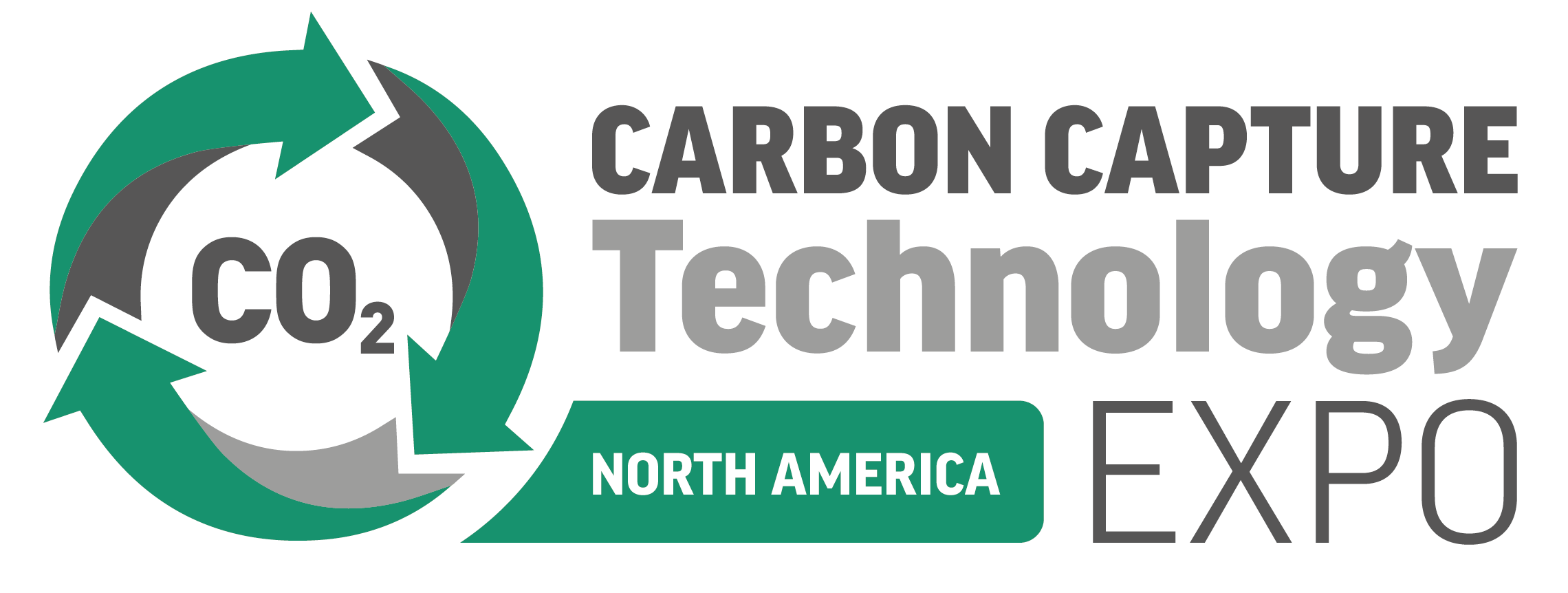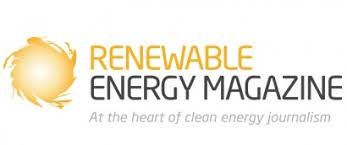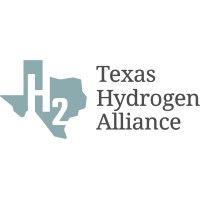Tools and Methodologies for Virtual Sensor Integration in Fuel Cell Diagnostics
AVL addresses the growing demand for low CO2 mobility solutions with a comprehensive simulation and testing portfolio tailored for the fuel cell market.
In recent years, physics-based simulation models have become a staple in the fuel cell development process, accelerating innovation in areas such as control function calibration, material design, vehicle performance, integration, and durability. These models enable faster development cycles and improved predictability. At the same time, development relies heavily on accurate test data, for calibration and validation of the models, as well as functional
testing. AVL’s test systems offer realistic, safe, and repeatable testing of fuel cells across performance, consumption, and durability metrics. However, measuring and simulating fuel cell durability remains a significant challenge. On the one hand, although simulation of fuel cell systems lifetime and degradation has seen significant achievements in recent years utilizing physics based chemical and mechanical degradation models, their use was limited to office studies, conducted only after a measurement campaign was finished. On the other hand, installing sensors within the fuel cell stack and measuring degradation directly turned out to be especially challenging. This presentation introduces AVL’s innovative integration of simulation models with test
systems to enhance durability testing. The approach combines advanced testbed automation, control, and monitoring with real-time virtual measurements enabled by a validated stack simulation model, or “digital twin.” This digital twin, fed by live testbed sensor data, calculates the stack’s State of Operating Condition (SoOC) in real time. It can segment the stack into sections—such as inlet, middle, and outlet—providing detailed insights into variations along the channels directly during testing. The system informs the user in real time on various potential stack degradation. It can also analyze periodic performance checks to identify past degradation events. Based on the calculated SoOC, a State of Health (SoH) model can further evaluate cell degradations, such as membrane thinning and changes in platinum particle size. This comprehensive, integrated approach ensures that AVL’s simulation and testing systems provide valuable insights into fuel cell performance and longevity, supporting the development of durable, efficient fuel cell solutions for real-world applications.





)
)
)
)
)
)
)



)
)
)
)
)
)
)
)
)
)
)
)
)
)
)
)
)
)
)
)
)
)

)

)
)
)

)
)
)
)
)
)
)
)
)
)
)

)

)
)
)
)
)
)
)
)
)
)


)
)
)

)
)
)

)
)
)
)
)

